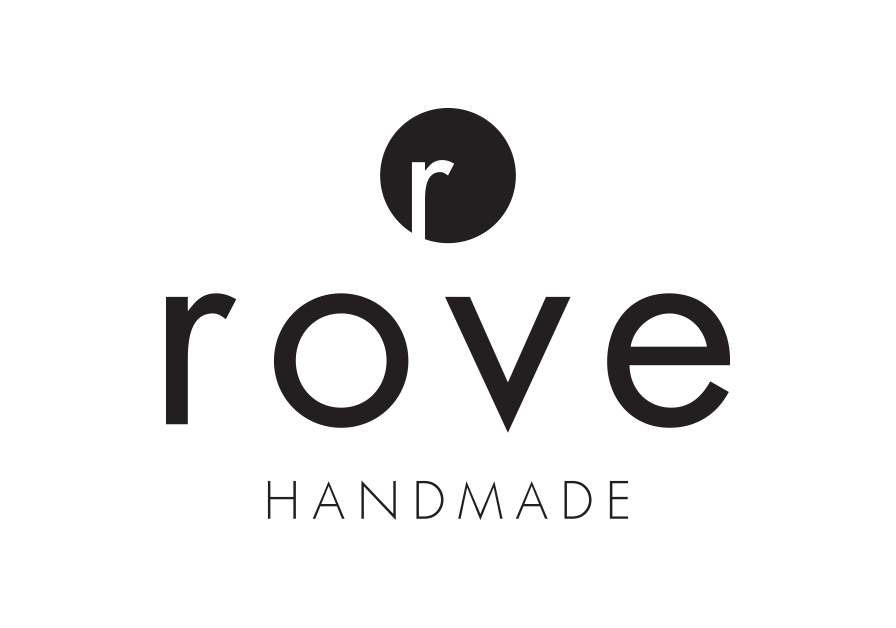To wrap up Slow Fashion October, I’d like to share a few of the ways I make my own wardrobe go the distance. Whether handmade, second-hand or bought new, clothing that is well taken care of lasts longer, plain and simple.
I should start by saying that overall, I'm not too precious about my clothes - I just try to take a common-sense approach to getting the most out of them and making them last. When it comes to laundering, I machine-wash pretty much everything in cold and hang to dry on hangers (partly because of the limited space in our tiny shared laundry room and partly because it’s so easy to just stick them back in the closet once dry). And air drying is so much gentler on clothes than the heat of a dryer, never mind the energy and cost savings.
I also try to wear things at least three times before washing - like many of us, I work indoors so my clothes don't actually get "dirty". If something needs to be refreshed a bit but isn't really in need of laundering, I hang it by an open window overnight or gently steam it. I have a sort of two-week rolling rotation where things get mixed and matched a few times before going in the laundry bin - it's not an exact science, but so far it's working pretty well.
For my handmade knitted and crocheted items, I try not to wash them too often at all - a good airing out (outside if possible) is usually enough to freshen up a woollen sweater and get rid of any odours picked up from the environment. When I do wash my wool, I use the dedicated wool cycle on my washing machine with a very small amount of mild wool soap (such as Lopi Wool Soap), and then lay the item flat to reblock and air dry.
I also highly recommend investing in a battery-operated pill shaver. I got one a few years ago and it has saved so many of my knits (handmade, second-hand and store-bought) from the donation bin (and probably landfill). A good de-pilling combined with the occasional reblocking can take a sweater from tired, pilly and misshapen to completely refreshed and almost new-looking. (You can also use a razor to gently shave off pills, but unless you’re very careful, it can be a little too easy to accidentally cut holes in things… in my experience, at least.)
Dry-cleaning I keep to an absolute minimum - reserved only for coats and heavier items, and usually only once a season when these kinds of things are coming out of or going into storage.
So that's it in a nutshell - pretty basic really and as I said, common-sense ways to stretch the mileage of the things I own.
On another note, my unofficial challenge this month was to wear at least one handmade and/or second-hand item of clothing every day, not including accessories. I’m pleased to say that I managed pretty easily. Now that Slow Fashion October has wound down, I’m planning my winter closet re-organizing session and looking forward to taking stock and seeing what I’ve got with fresh eyes.
And finally, I’d like to thank Karen Templer from Fringe Association for providing this platform for anyone with an interest to explore and share ideas about what slow fashion means to them and how they approach it in their own lives. I’ve been following conversations on Instagram and elsewhere and have enjoyed seeing so many different perspectives. It’s definitely got me thinking even more as I try to articulate my own (sometimes contradictory) thoughts on this important topic and work to become a more conscious consumer and maker.








